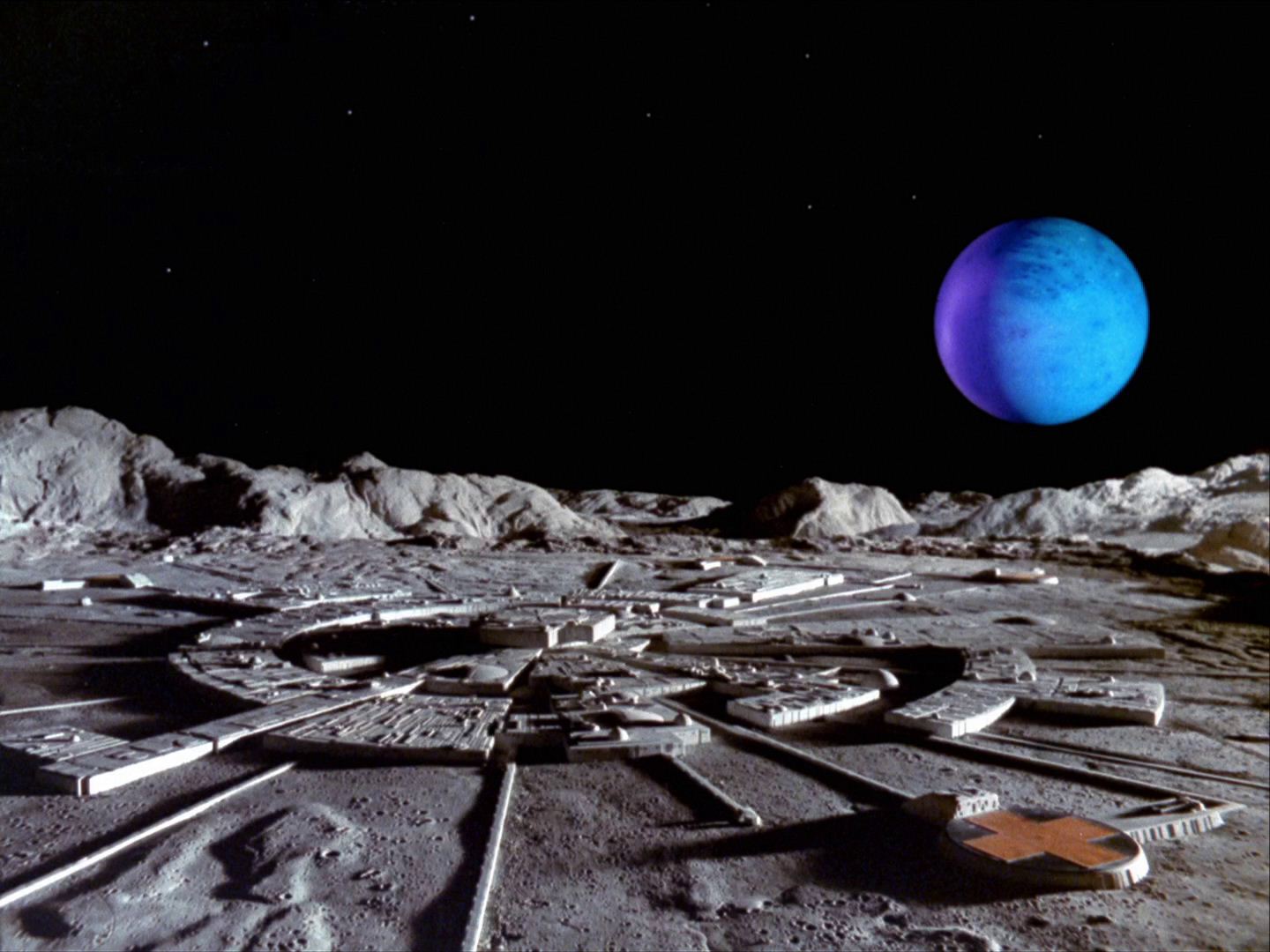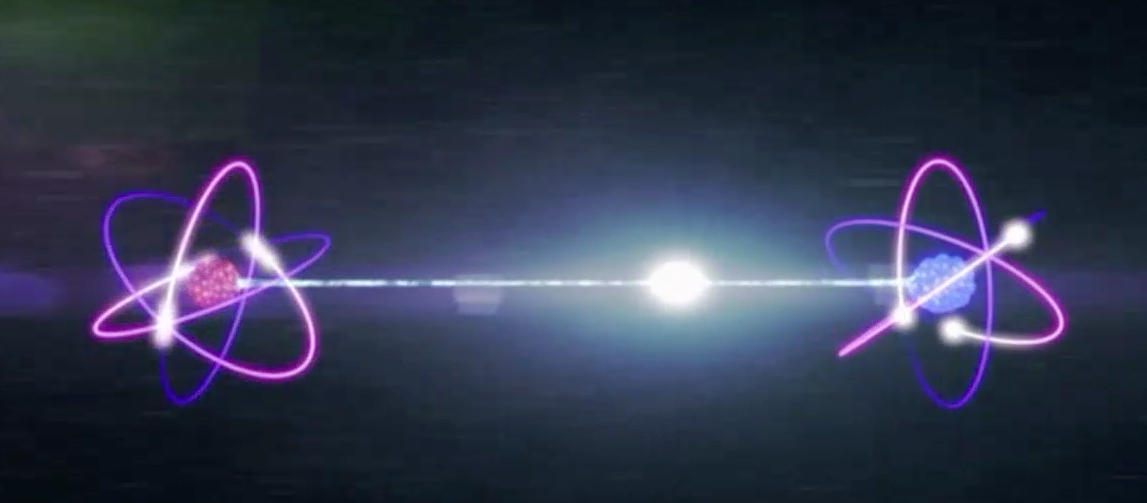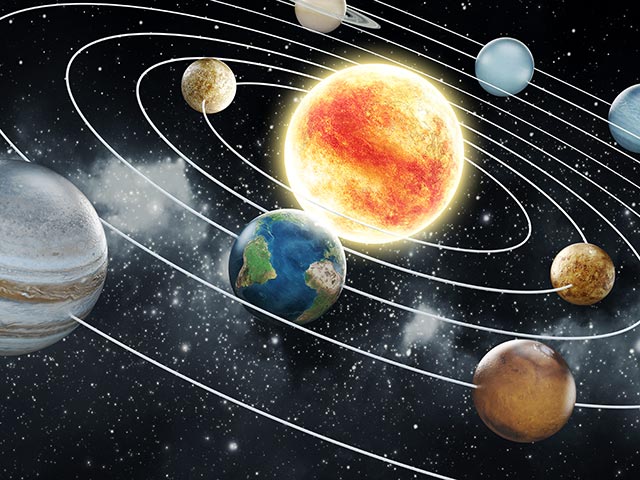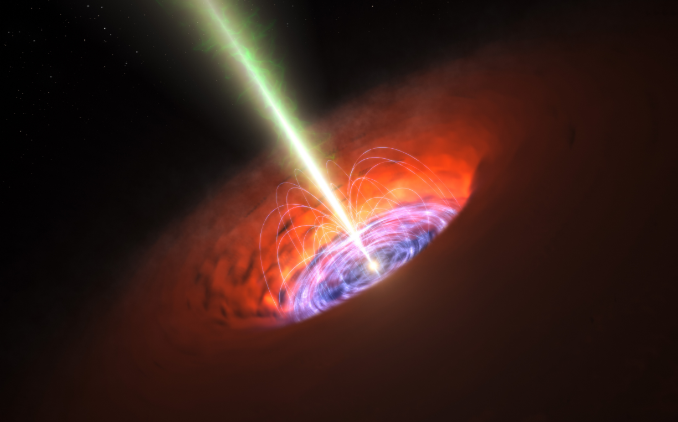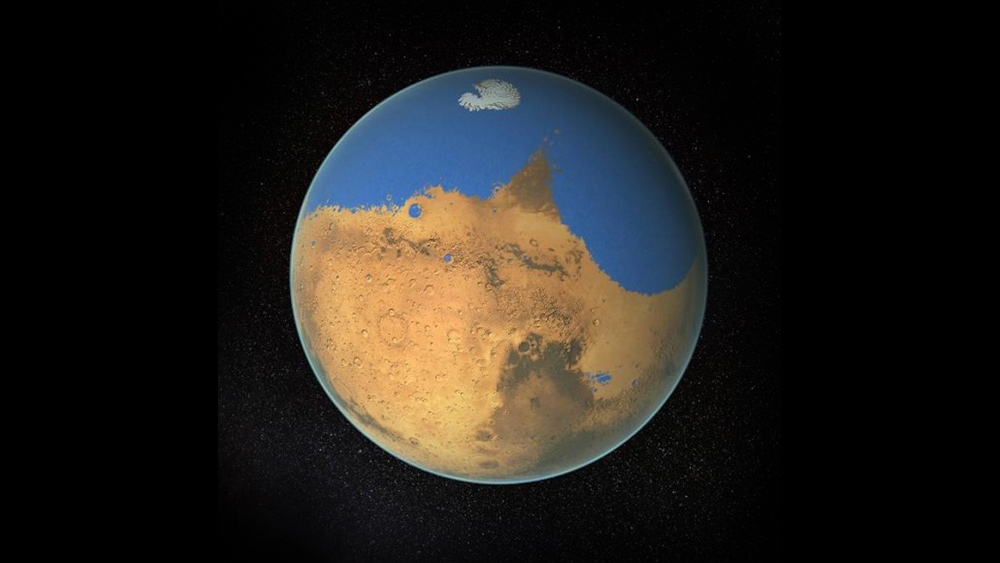What are traveling-wave tubes and how important are they in space exploration?
08/18/2019 / By Edsel Cook
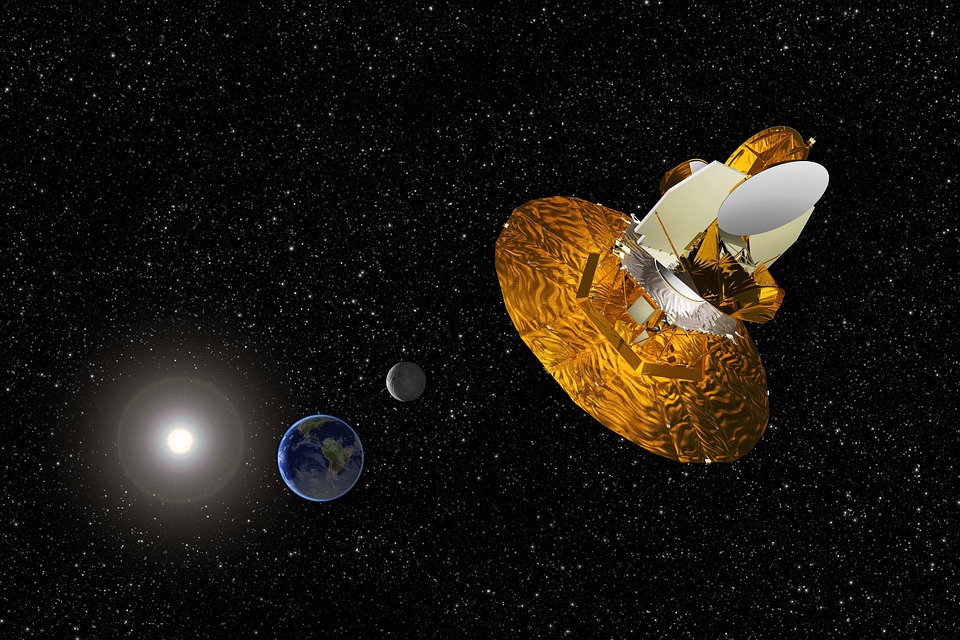
Telecommunications and space exploration owes a lot to the traveling-wave tube. Invented in the 1950s, the simple and unassuming electron device has performed its job so well that modern-day space probes and satellites still use it for long-range communications.
Abbreviated as TWT — and read as the rather rude “twit” – the traveling-wave tube is a vacuum tube that boosts wide-band microwaves. It can achieve high gains and wide bandwidth while producing low noise.
Its many uses include sending data across considerable distances with minimal degradation. It can function in the vacuum of space, making it a valuable subsystem aboard spacecraft, satellites, and probes.
Despite the big role it played in the history of wireless communication and the space race, the traveling-wave tube remains obscure. To this day, the vacuum tube still sees wide use aboard spacecraft, an analog electron device from the Fifties working alongside digital electronics of the 21st century.
A recently-released review from researchers at the Aix-Marseille Universite (AMU) sought to rectify the lack of awareness regarding the traveling-wave tube’s role in telecommunications and space exploration. They summarized the history and accomplishments of the device for the consumption of the general public.
The researchers drew their data from numerous earlier studies that tackled the records and development of the traveling-wave tube. They published their paper in The European Physical Journal H. (Related: Nearly 60 percent of astronauts have “space herpes.”)
What makes up a traveling-wave tube?
The first slow-wave structure was built in 1889. The primitive vacuum tube eventually evolved into cathode-ray tubes (CRTs), including the traveling-wave tube.
A traveling-wave tube possesses three parts — the electron gun, the slow-wave structure, and the collector. The electron gun resembles its counterparts in other cathode-ray tubes.
Once the cathode receives sufficient amounts of indirect heat, it starts emitting electrons. A focusing grid then channels the particles in the right direction while anodes modify the velocity of the electrons.
A series of magnets generate a magnetic field that focused the electrons into a beam. Further, the beam goes through a slow-wave structure that slows it down because it shouldn’t exceed the speed of light.
The last part of the TWT is the collector. This voltage electrode has the same potential as the body of the tube and dissipates the beam in case there is no input signal. It reduces the amount of energy that gets wasted during the process. High-power TWTs use collectors with multiple stages and cool them down with forced air or liquid.
The humble traveling-wave tube made telecommunications and space exploration possible
The AMU review brought up the pivotal role of traveling-wave tubes in the spread of television broadcasting in Europe and around the world during the 1950s. The electron device made it possible to build and operate the microwave radio relays and satellites that served as the backbone of telecommunications.
TWTs also made a lot of contributions to space applications during the 1960s, including the Apollo lunar missions that put men on the moon.
“Traveling-wave tubes are still frequently used in space telecommunication and for deep-space missions,” explained AMU researcher Damien Minenna. The French doctoral student used one of the world’s longest civilian-use TWTs to examine chaos transition that took place in plasma physics.
He also cited the NASA space probe New Horizon, which launched from Earth in 2006 to fly past Pluto. In 2019, the spacecraft sent back photos of the Kuiper belt, a region of the solar system past Neptune.
These snapshots were the furthest ones ever taken by a spacecraft. New Horizon sent them back to Earth via a microwave transmission that was powered by a traveling-wave tube.
Sources include:
HAL.Archives-Ouvertes.fr [PDF]
Tagged Under: bioelectronics, goodtechnology, microwave amplifiers, outer space, physics, space exploration, space travel, telecommunications, traveling-wave tubes, wireless technology
RECENT NEWS & ARTICLES
Physics.News is a fact-based public education website published by Physics News Features, LLC.
All content copyright © 2018 by Physics News Features, LLC.
Contact Us with Tips or Corrections
All trademarks, registered trademarks and servicemarks mentioned on this site are the property of their respective owners.












